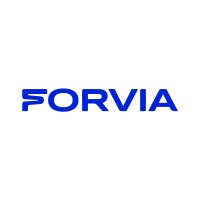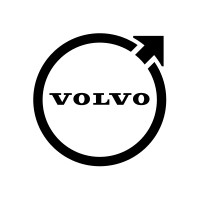
FORVIA
FORVIA comprises the complementary technology and industrial strengths of Faurecia and HELLA. With over 300 industrial sites and 77 R&D centers, 150,000 people, including more than 35,000 engineers across 40+ countries, FORVIA provides a unique and comprehensive approach to the automotive challenges of today and tomorrow. Composed of 6 business groups with 24 product lines, and a strong IP portfolio of over 15,000 patents, FORVIA is focused on becoming the preferred innovation and integration partner for OEMS worldwide. FORVIA aims to be a change maker committed to foreseeing and making the mobility transformation happen.






